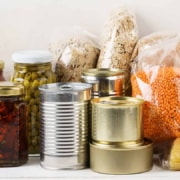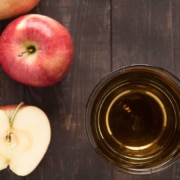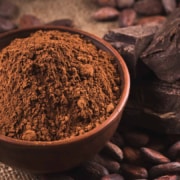Simulating Large-Number Bulk-Product Sampling to Improve Food Safety Sampling Plans
Drawing an accurate conclusion about whether a food ingredient or product is safe based on the result of a test is important to the evaluation and management of food safety risk. It is critical that sampling plans maximize the probability of finding a target hazard in an ingredient or a finished product, particularly with non-uniform and low level contamination. Sample collection in bulk ingredients is typically done manually in the food industry, but manual sampling is time-consuming and laborious, and often results in sampling inconsistency. Therefore, a different approach is needed for rapid and efficient collection of representative samples of these products. The goal of this project is to build a validated and ready-to-use simulation model of bulk product sampling to improving sampling plans.
Institution: University of Illinois at Urbana-Champaign
Principal Investigator: Matthew Stasiewicz, PhD
Year Awarded: 2018
Access the bulk product simulation model
View instructional videos on how to use the model:
- Introduction to the Bulk Product Simulation Model
- Explanation of Inputs for 2D Simulation: Pathogens in a Produce Field
- Simulating Sampling for Pathogen Contamination in a Produce Field
- Explanation of Inputs for 3D Simulation: Mycotoxins in a Bulk Bin
- Simulating Sampling for Mycotoxin Contamination in a Bulk Bin
View this project on the Center for Open Science’s Open Science Framework.
Learn more about the IAFNS Food Microbiology Committee.








